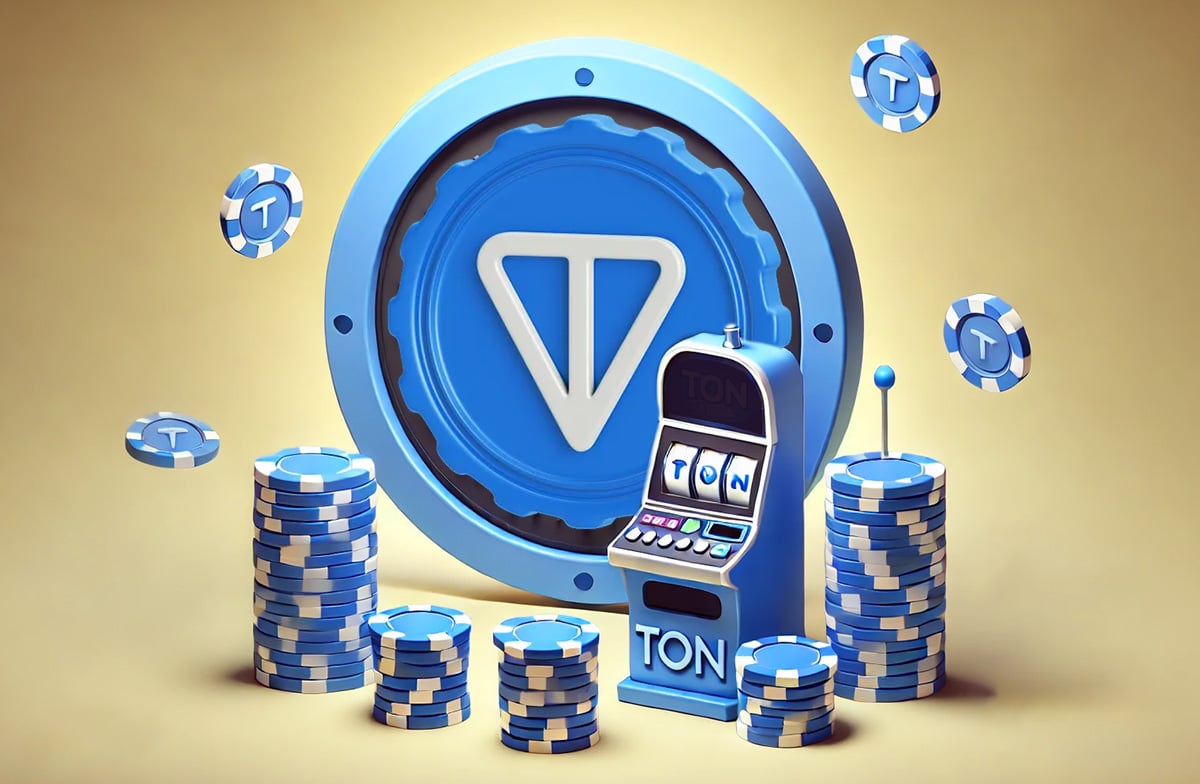Over the last decade, the Philippines has emerged as a significant player in the global gambling landscape, thanks in large part to the transformative power of technology. The integration of digital innovations into gambling practices has not only changed the way Filipinos engage with gaming but also reshaped the entire industry. Let’s explore the major technological advancements that are redefining the gambling experience in the Philippines.
The Rise of Online Gambling
One of the most notable changes in the Filipino gambling landscape is the explosion of online gambling platforms. Traditionally, Filipinos would flock to physical casinos, but the advent of online gaming has created a convenient and diverse alternative. With just a smartphone or a computer, players can now access a wide array of games, from poker to slots and sports betting, anytime and anywhere.
The legal framework governing online gambling in the Philippines has also contributed to this growth. The Philippine Amusement and Gaming Corporation (PAGCOR) has established licenses for offshore operators, enabling international sites and local companies to thrive and expand their offerings. The regulatory environment ensures that players are protected, fostering trust in these platforms.
Mobile Gaming Revolution
The accessibility of mobile devices has been a game-changer for the gambling industry in the Philippines. With a high smartphone penetration rate, many Filipinos now prefer mobile gaming over traditional gambling methods. Mobile applications have been developed by both international and local operators, providing immersive experiences that mirror those found in physical casinos.
These apps often include features like live dealer games, interactive slots, and virtual sports, appealing to a diverse audience and drawing in players who might have otherwise never engaged with gambling. The rise of mobile payment solutions, such as GCash and GrabPay, has further facilitated seamless transactions, making it easy for users to deposit and withdraw funds.
Virtual Reality (VR) and Augmented Reality (AR)
While still in the nascent stages of adoption, VR and AR technologies are beginning to carve a niche in the Philippine gambling landscape. The potential for immersive experiences offered by VR casinos allows players to feel as though they are in a physical casino while sitting in their living rooms. As the technology becomes more affordable and mainstream, we can expect an uptick in VR gaming options across various platforms.
AR applications can also enhance traditional gambling experiences, such as onboarding new players or providing real-time statistics during sports betting. These technologies not only elevate the excitement of gameplay but also create opportunities for social interaction within the gambling community.
Social Gaming and Gamification
Social gaming has gained traction in the Philippines, particularly among younger audiences. Platforms that blend traditional gambling with social media features encourage players to interact, share achievements, and challenge friends. These social elements make gambling more engaging and less isolating, attracting a different demographic to games of chance.
Gamification, which includes adding game-like elements such as rewards and challenges to gambling experiences, further enhances player engagement. Loyalty programs, leaderboards, and in-game bonuses not only attract new players but also retain existing ones, leading to increased revenues for operators.
Cryptocurrencies and Blockchain Technology
Cryptocurrencies have greatly influenced the global gambling industry, and the Philippines is no exception. With countries increasingly accepting Bitcoin and other cryptocurrencies as a form of payment, Filipino gamblers are beginning to explore these options. Cryptocurrencies offer anonymity, fast transactions, and lower fees, which can be particularly appealing to frequent gamblers.
Moreover, blockchain technology paves the way for enhanced transparency and security within the gambling industry. Players can access verifiable data on the fairness of games, ensuring they are treated fairly. This system builds trust between players and operators, creating a more sustainable gambling environment.
Challenges and Considerations
Despite the promising advancements, the intersection of technology and gambling in the Philippines is not without its challenges. Regulatory issues, concerns over gambling addiction, and the need for player protection remain key hurdles to address. As the industry evolves, it will be crucial for stakeholders to engage in meaningful discussions about responsible gambling and the implications of technology on player behavior.
Conclusion
As technology continues to evolve, the Filipino gambling landscape is set to undergo further transformations. The rise of online platforms, mobile gaming, social elements, cryptocurrencies, and immersive technologies is reshaping the way Filipinos interact with gambling. While challenges remain, the potential for a vibrant, tech-driven gambling ecosystem in the Philippines promises not only to enhance player experiences but also to contribute positively to the country’s economy. As the industry adapts to meet the demands of modern consumers, it holds the key to a brighter, more innovative future in gaming.



